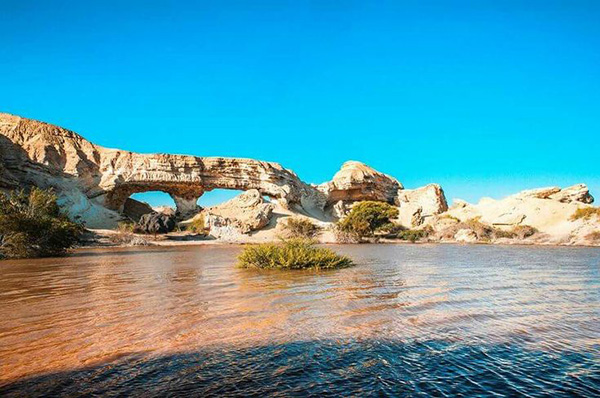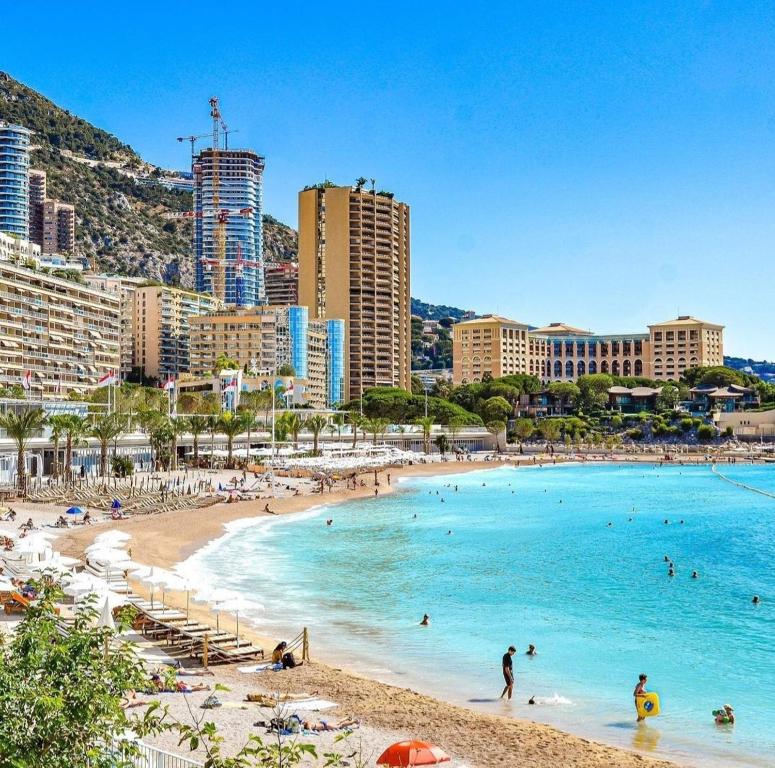



Moçâmedes is a city in southwestern Angola, and the capital of Namibe Province. The city's current population is 255,000. Founded in 1840 by the Portuguese colonial administration, the city was named Namibe between 1985 and 2016. Wikipedia
May to October (dry season): The best time to visit — cooler and more comfortable with little to no rain. Ideal for beach outings and desert exploration.
November to April (hot season): Warmer and occasionally windy, but still dry and generally pleasant due to the desert climate.
By Air: Namibe is served by Yuri Gagarin Airport, with regular flights from Luanda and other regional cities.
By Road: A scenic mountain route from Lubango descends through the Serra da Leba Pass — one of Angola’s most dramatic drives.
By Sea: Namibe is also an active port city, historically important for maritime trade and fishing.
Praia das Miragens: A quiet, golden-sand beach ideal for swimming, relaxing, and picnicking.
Deserto do Namibe (Namib Desert): Angola’s portion of the Namib Desert, featuring massive dunes, desert-adapted wildlife, and the famous Welwitschia plant.
Arco (The Arch): A natural rock formation near the coastline, great for photography and sunsets.
Serra da Leba Pass: Though technically closer to Lubango, the winding mountain road leading to Namibe is a must-see en route.
Old Town of Moçâmedes: Colonial architecture, old churches, and colorful buildings reveal the city’s Portuguese history.
Beach time at Praia das Miragens or other smaller bays.
4x4 desert excursions into the Namib dunes and Welwitschia plains.
Birdwatching and wildlife viewing in nearby coastal and desert areas.
Cultural tours in Moçâmedes to learn about the city’s mixed heritage.
Fishing or boat tours from the local harbor.
A mix of mid-range hotels, small inns, and beachfront lodges are available.
Many accommodations are located along the coast or in the town center, with easy access to beaches and restaurants.
Seafood is the highlight — fresh grilled fish, lobster, shrimp, and octopus are commonly served.
Traditional dishes like calulu, funge, and moamba are available in local eateries.
There are a handful of international-style restaurants and cafés in the central area.
Street food is also common, especially near the port and beach zones.
Namibe is home to a mix of ethnic groups, including the Herero and Mucubal, each with distinct customs and dress.
Portuguese colonial influence is still visible in the city's architecture and culture.
The city is laid-back, with a slower pace of life than larger urban centers like Luanda.
The region is known for its cultural resilience and its ability to adapt to a desert coastal environment.